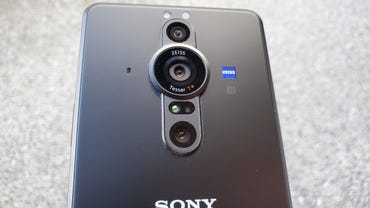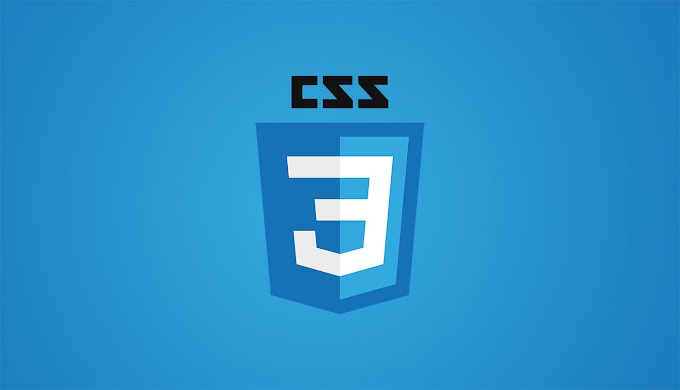After a few weeks with the Sony Xperia Pro-I, it's clear this phone is built for photographers who shoot with specific manual settings. It's extremely capable but also too advanced for typical smartphone users.
Last fall, I noted how Apple, Google, and Samsung focus on smartphone photography while sometimes ignoring essential functions like cellular reception ( Pixel 6 ) that are necessary for these smartphones to serve as useful tools for the enterprise user. Sony went all-in on photography with its Sony Xperia Pro-I , but it also made it crystal clear that advanced photography was the focus of this expensive phone, and you won't find another camera experience like it in any other modern smartphone.
With the Xperia Pro-I, the "I" stands for imaging, Sony went all-in on providing a phone for its Sony Alpha camera professionals with smartphone apps that replicate the digital camera experience. Photographer Chase Jarvis said that the best camera is the one that is always with you, and with the Xperia Pro-I, photographers can pick up their smartphone on the go and capture content with an interface they are familiar with from their dedicated cameras.
I was very excited to test out the Sony Xperia Pro-I since it has been quite some time since I've tried out a Sony Xperia smartphone , but after a few weeks with the phone, it is clear that it is too much for me and would take me a couple of months of use to accept the power of the cameras and software found on the phone. I am not a professional or even a very good amateur, photographer and like most smartphone users today, I simply open the default camera app and tap away on the screen to capture the majority of my still images and video content. The Xperia Pro-I offers a basic camera mode, but the $1,800 price is too high for people like me who rarely use manual mode on our phones, and it is not marketed towards the typical smartphone user.
HARDWARE
14 years ago, I purchased my first Xperia, the Sony Ericsson Xperia X1, built by HTC, and it was one of my favorite phones ever due to the amazing hardware, slide-out QWERTY keyboard, and other advanced features. The last Xperia I owned was the Sony Xperia Z3 in 2014, and it became one of my favorite Android smartphones. When I opened the box for the Xperia Pro-I, it was clear this too was a unique Sony device and built for a specific user.
The most distinguishing feature of the phone is found on the back, so that's where we will start. There are three cameras on the back of the phone, arranged vertically along the upper center with a very large camera sensor positioned below the 16mm f/2.2 12MP ultra-wide angle (124-degree field-of-view) camera. This large camera is the 24mm dual aperture f/2.0 & f/4.0 12MP wide-angle camera. Below this camera is the 3D iTOF sensor and the 50mm f/2.4 12MP standard camera. There is also a flashlight located at the top of the row of cameras. A mono microphone is found to the left of the large camera, while the ZEISS optics label is on the right side.
The back of the phone has a matte black finish, but it is still a bit slick, so be careful and hold on tight to your expensive phone. There is actually a lanyard opening on the lower left side of the phone, so you should consider securing it with a lanyard if you plan to use it as a dedicated camera.
We have seen a dedicated camera shutter button on past Sony phones. The one on the Xperia Pro-I is modeled after the Sony RX100 series. It's perfect for pressing and holding to launch the Photography Pro application when the phone is off (can also be disabled), but it also feels a bit mushy and doesn't provide solid tactile feedback when you press it for auto-focus and shutter release. There is also a small round button just above the shutter button that is a user-configurable button (visit Settings>System>Gestures>Shortcut key to change). By default, it launches the Video Pro application so you can jump right in and start recording video content.
Further up the right side is the awesome power button and fingerprint sensor. I'm a huge fan of the simple yet effective and fast side fingerprint sensors and am pleased that Sony continues to use this method. A single button for volume is also found further up the right side. There are grooves cut into all four sides of the phone to help with the grip and strength of the phone frame.
Traditionalists will love the fact that a 3.5mm headset audio port is positioned on the top, along with another mic opening. A USB-C port, and a mic opening, are located on the bottom edge of the phone. The SIM/microSD card slot is installed on the upper left side, and the tray can even be removed without the aid of a SIM card pin removal tool.
The 6.5-inch OLED display is lovely with high resolution, brilliant colors, and a high refresh rate. The 21:9 aspect ratio feels great in the hand and is good for video recording tasks. The display is flat, with minimal bezels all around. The front-facing camera is off to the left side of the upper middle. Dual stereo speakers fire out of thin slits at the top and bottom of the display and provide for an enjoyable audio experience.
SONY XPERIA PRO-I SPECIFICATIONS
- Processor: Qualcomm Snapdragon 888
- Main display: 6.5-inch, 21:9, 3840 x 1644 pixels resolution, OLED with 120Hz refresh rate
- Operating system: Android 11
- RAM: 12GB
- Storage: 512GB internal storage with microSD card slot
- Cameras: 12MP rear f/2.2 ultra-wide camera (124 degrees field-of-view), 12MP f/2.4 standard camera, and 12MP dual-aperture f/2.0 and f/4.0 wide-angle camera. 8MP f/2.0 front-facing camera.
- Connectivity: Wi-Fi 6, Bluetooth 5.2, GPS/Galileo/GLONASS/Beidou/QZSS, NFC
- Dust/water resistance: IP68 rating with Gorilla Glass Victus on the front and Glass 6 on the back
- Battery: 4500 mAh non-removable with fast charging
- Dimensions: 166 x 72 x 8.9mm and 211g
It's clear that the Sony Xperia Pro-I comes with high-end specifications that beat nearly all of the current phones, with features from older phones that are nice to see on a modern smartphone.














